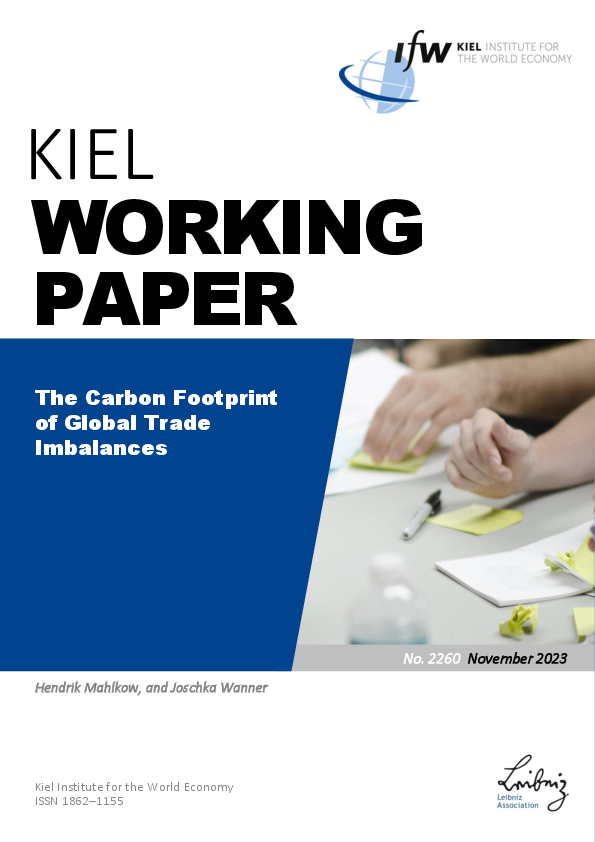Authors
Publication Date
JEL Classification
Key Words
Related Topics
Climate
International Trade
Natural Resources
International trade is highly imbalanced both in terms of values and in terms of embodied carbon emissions. We show that the persistent current value trade imbalance patterns contribute to a higher level of global emissions compared to a world of balanced international trade. Specifically, we build a Ricardian quantitative trade model including sectoral input-output linkages, trade imbalances, fossil fuel extraction, and carbon emissions from fossil fuel combustion and use this framework to simulate counterfactual changes to countries’ trade balances. For individual countries, the emission effects of removing their trade imbalances depend on the carbon intensities of their production and consumption patterns, as well as on their fossil resource abundance. Eliminating the Russian trade surplus and the US trade deficit would lead to the largest environmental benefits in terms of lower global emissions. Globally, the simultaneous removal of all trade imbalances would lower world carbon emissions by 0.9 percent or 295 million tons of carbon dioxide.








